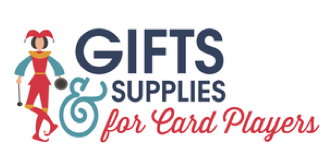What Strategies are Easy to Adopt When Learning Poker?
There is a lot more strategy than you would think to poker. There is some maths involved, some confidence, and even the ability to read people come into play. Take a look at our suggestions for the best strategies to adopt in poker for your next win.
Reading tells
Reading tells is the best way to get a leg up in poker. There is a reason all the players in the World Series of Poker are wearing baseball caps and sunglasses inside a venue that famously has no windows for sunlight – it’s so they can hide their tells.
Tells are the little body language quirks that are giving you away. If you have a bad hand, you can give that fact away with a worry line, but then so can your opponents. So, reading tells is two-fold: identifying them in other players and what they mean, and making sure yours are well hidden.
The best way to do the latter is to practice. You can have a few games with someone and film yourself and look back over the footage to see where you’re giving yourself away. Or you can play poker in an online casino with the mirror in front of you.
The other half is something that any book from a body language specialist can help you out with. But, to save you some money at the table, we can tell you that the first rule of body language is that it takes a few small moves to come to a conclusion about what the person is feeling. One quirk might mean an abundance of feelings. You have to narrow them down with more tells.
Counting odds
Counting odds is the best way for poker players to establish a strategy. If you can figure out what the odds are of you getting the card you need next, you can form a good hand that will get you through the rounds of betting.
How many of the color, number or suit you need for the hand your aiming for is in the deck is one half of this equation, with the amount of cards in total left in deck is the other half. So, once you and your opponent are dealt your initial cards there are 37 in the deck, if you’ve got two hearts so you’re looking for two more, there are nine in the deck, giving you 37:9 or roughly 4:1. Meaning you’re four times more likely to lose this bet than win. That’s good because it means a higher amount to win, but obviously a lower chance of winning.
Playing aggressively
To play aggressively means to follow an aggressive strategy in the post-flop. It means to take action where it would be easy to passively leave the money on the table. It means not limping into the pot, but raising and re-raising if he sees merits in his cards. It means being confident in your cards and playing them forcefully, and learn how to boost confidence at the table.
It’s generally accepted that the best type of poker player is a tight aggressive player, which means they rarely play a hand if it’s not a very good hand. A tight player will bow out rather than take the risk, but there is a sloppy side to that. A tight passive player, the opposite of a tight aggressive player, will simply give up without a raise or re-raise with no faith in their cards or ability.
On the other hand, playing a loose aggressive game increases the risks. Typically, these players are here for a good time with money to burn and has maybe had too good a time in Vegas. A loose player is ready to play every hand to see what’s happening and will fold just to see what cards you’ve got.
Image: unsplash





